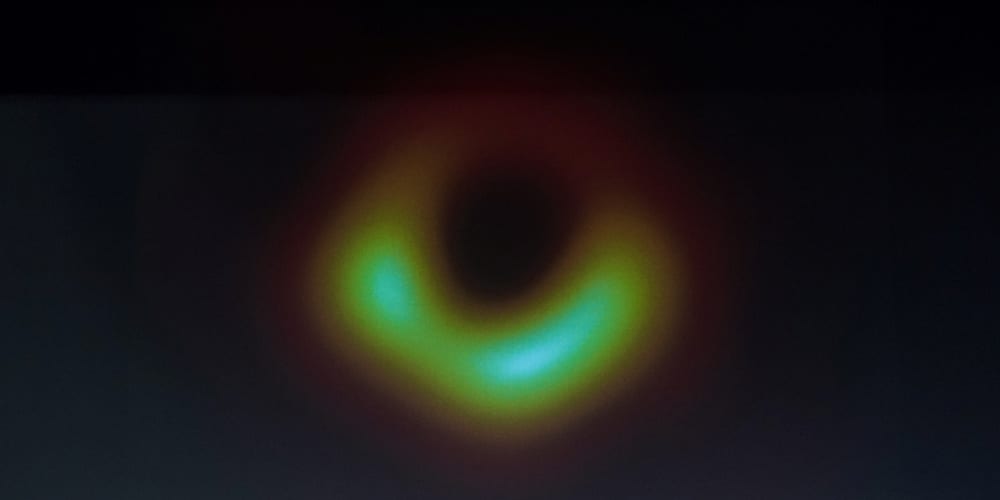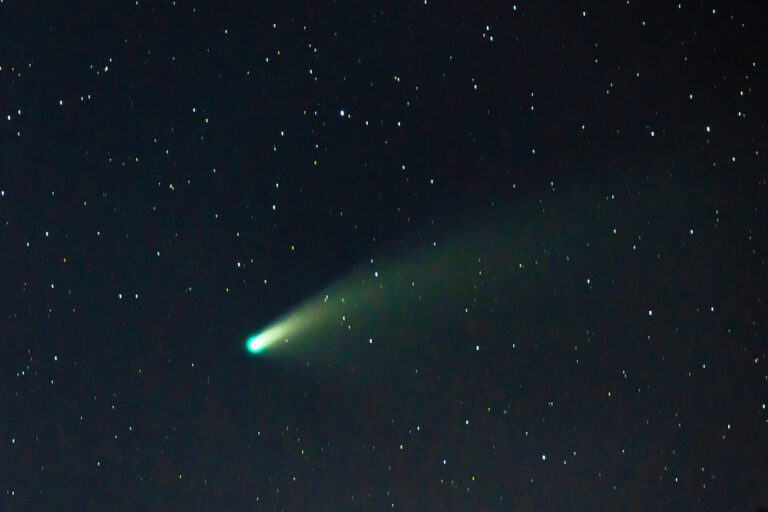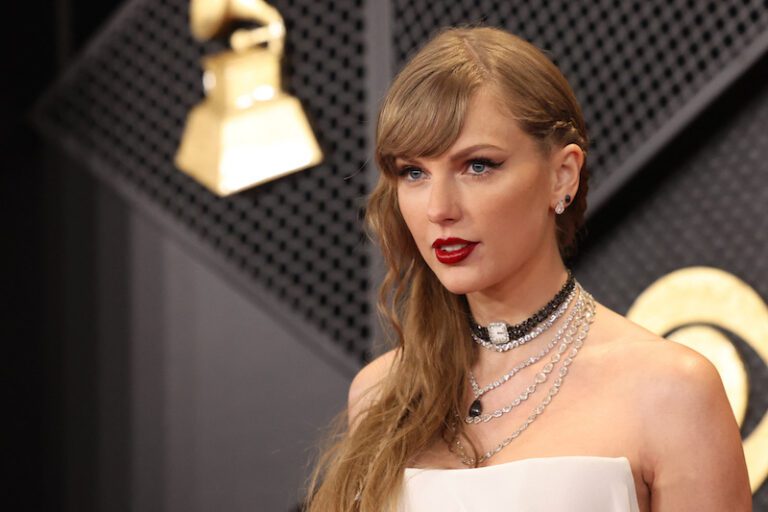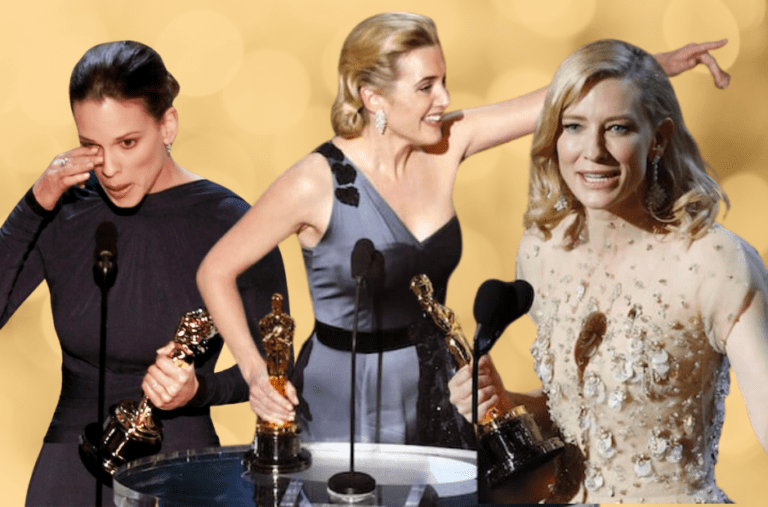Scientists have finally captured one of the universe’s biggest mysteries – the first direct image of a supermassive black hole.
Astronomers announced on Wednesday that at last they had captured an image of the unobservable: a black hole, a cosmic abyss so deep and dense that not even light can escape it.
It measures 40 billion km across – three million times the size of the Earth – and has been described by scientists as “a monster”.
The picture shows a halo of dust and gas, tracing the outline of a colossal black hole, at the heart of the Messier 87 galaxy, 55 million light years from Earth.
Details of the discovery have been published in Astrophysical Journal Letters.
“We have seen what we thought was unseeable,” said Shep Doeleman, an astronomer at the Harvard-Smithsonian Center for Astrophysics, and director of the effort to capture the image, during a Wednesday news conference in Washington, D.C.
France Córdova, director of the US National Science Foundation and an astrophysicist, said that the image, which she had only seen as it was unveiled at the press briefing she was chairing, had brought tears to her eyes. “We have been studying black holes for so long that sometimes it’s easy to forget that none of us has seen one,” she said. “This will leave an imprint on people’s memories.”
Over the course of a week in April 2017, astronomers on four continents coordinated their efforts to make observations of the supermassive black hole. The two targeted black holes – in the centre of the Milky Way and in M87 – are roughly the same apparent size when seen from Earth, because although the M87 black hole is much larger it’s also much farther away.
Black holes were first predicted by Einstein’s theory of relativity – although Einstein himself was sceptical that they actually existed.
To perform the observation, the astronomers battled bad weather and glitchy electric grids. Then they spent the two years parsing data, and finally, tested their findings against the results of a million simulations of what a black hole might look like, until at last they spotted a match. The image was eventually captured by the Event Horizon Telescope (EHT), a network of eight linked telescopes.
The image indeed matches what theoretical physicists and even, Hollywood directors, imagined black holes would look like.







